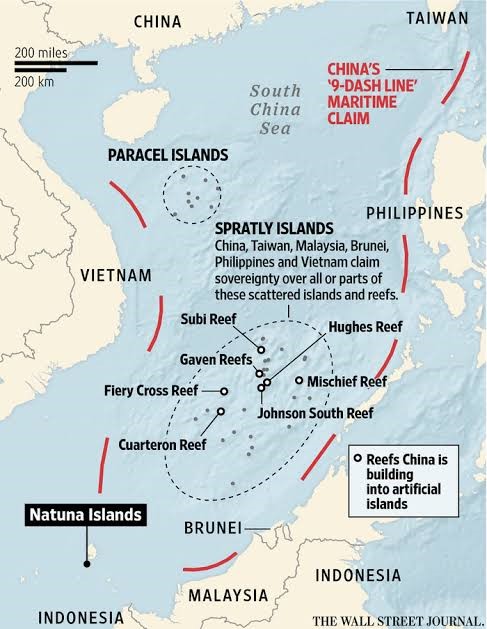7667766266
enquiry@shankarias.in
Domestication of Chicken
Covid-19 and Type-1 Diabetes
Type -2 Diabetes
Last Glacial Maximum
Foraminifera
Assertions on South China Sea

Source: Indian Express, the Hindu